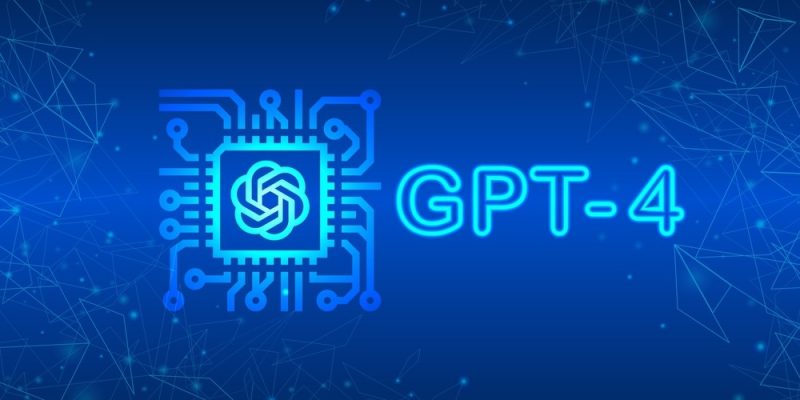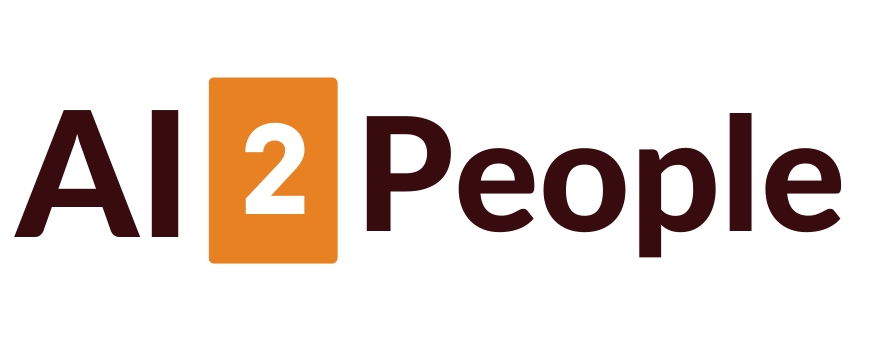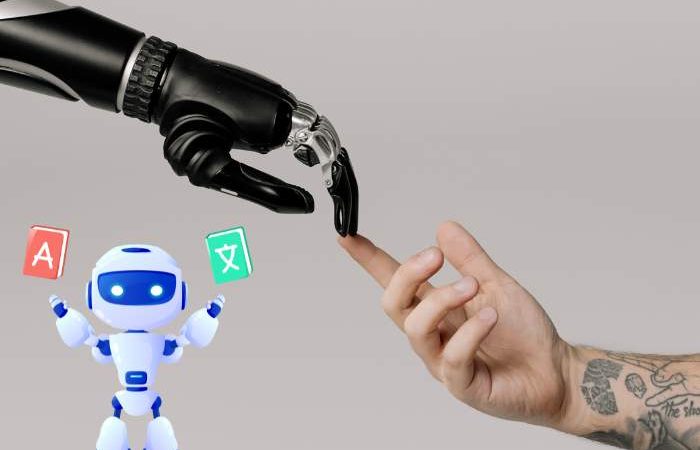
OpenAI released GPT-4, a Multi-modal AI
OpenAI has announced the release of an advanced AI model called GPT-4, which exhibits exceptional capabilities in understanding both images and text through improved machine learning. This innovation marks a significant milestone in the company’s journey to enhance deep learning technologies.
GPT-4 can be accessed by OpenAI’s ChatGPT Plus subscribers, subject to a usage limit, while developers can join a waitlist for API access.
The pricing structure involves a $0.03 fee for every 1,000 “prompt” tokens (equivalent to approximately 750 words) and $0.06 for every 1,000 “completion” tokens (again, around 750 words). Tokens are the building blocks of text; for instance, the word “fantastic” would be divided into the tokens “fan,” “tas,” and “tic.” Prompt tokens consist of word segments input into GPT-4, while completion tokens refer to the content generated by the AI model.
Interestingly, GPT-4 has been discreetly operational, as revealed by Microsoft’s confirmation that Bing Chat, a chatbot technology co-developed with OpenAI, is powered by GPT-4.
Early Adopters of GPT-4
Several early adopters are already leveraging GPT-4’s potential. Stripe employs the AI model to analyze business websites and provide summaries to customer support teams. Duolingo has integrated GPT-4 into a novel language learning subscription level.
Morgan Stanley is developing a GPT-4-driven system to extract information from corporate documents for financial analysts. Additionally, Khan Academy is utilizing GPT-4 to create an automated tutoring solution.
GPT-4 has shown remarkable performance on a variety of professional and academic benchmarks, achieving “human-level” results. For example, in a simulated bar exam, GPT-4 scored in the top 10% of test-takers, a notable improvement over GPT-3.5’s bottom 10% score.
Half an year of development
OpenAI spent six months fine-tuning GPT-4 using insights from an internal adversarial testing program and ChatGPT. The result is a model that boasts unparalleled accuracy, steerability, and the ability to operate within predefined constraints.
To train GPT-4, OpenAI collaborated with Microsoft to create a custom “supercomputer” in the Azure cloud. The model was trained using publicly available data and licensed data sources, resulting in a versatile and well-rounded language model.
GTP-4 is able to understand images, just like text
One of the most intriguing aspects of GPT-4 is its ability to comprehend images in addition to text. For instance, it can recognize and interpret relatively complex images, such as identifying a Lightning Cable adapter from an image of a plugged-in iPhone.
While the image comprehension feature is not yet available to all OpenAI customers, it is being tested with Be My Eyes, a single partner. Be My Eyes’ Virtual Volunteer feature, powered by GPT-4, can answer questions regarding images that are sent to it. In a blog post, the company elaborated on how this feature works:
“If a user sends a picture of the inside of their refrigerator, the Virtual Volunteer will not only be able to correctly identify what’s in it but also extrapolate and analyze what can be prepared with those ingredients. The tool can also then offer a number of recipes for those ingredients and send a step-by-step guide on how to make them.”
The “Steerability tooling” feature
The new feature “steerability tooling” allows developers to prescribe specific instructions to the AI to set the tone and boundaries for its interactions. This feature is made possible through the introduction of a new API capability called “system” messages.
System messages are essentially instructions that provide a style and task that the AI must follow. They are like guidelines that dictate how the AI should behave in a given situation. ChatGPT will also receive this feature in the future.
For instance, a system message might specify that the AI should act like a tutor who always responds in the Socratic style. In this case, the AI would never give the student the answer directly but would always ask the right questions to help them learn to think for themselves.
RELATED: 12 Uses of AI in Education
Additionally, the AI would always adjust its questions based on the student’s interest and knowledge, breaking down complex problems into simpler parts until they reach the right level.
Despite the introduction of system messages and other upgrades, OpenAI acknowledges that GPT-4 still has flaws. The AI can still make errors in reasoning and even “hallucinate” facts. For example, GPT-4 once described Elvis Presley as the “son of an actor,” which is incorrect.
What are the limitations of GPT-4
According to OpenAI, GPT-4 suffers from a lack of knowledge about recent events that have occurred after September 2021, which is when its data cuts off. Additionally, GPT-4 doesn’t learn from experience, which can sometimes result in simple reasoning errors that aren’t reflective of its broad knowledge across many domains.
Moreover, GPT-4 can be too trusting when it comes to accepting obviously false statements from users and can even fail at difficult tasks, such as introducing security vulnerabilities into the code it generates.
Final Words
Despite these limitations, OpenAI claims that GPT-4 has made significant improvements in certain areas. For instance, GPT-4 is now less likely to generate instructions on how to synthesize dangerous chemicals. In comparison to GPT-3.5, GPT-4 is 82% less likely to respond to requests for “disallowed” content.
Furthermore, GPT-4 is now more compliant with OpenAI’s policies when it comes to providing sensitive information, such as medical advice and self-harm topics, which it responds to 29% more frequently than its predecessor.






















